Increasing Prevalence of Respiratory Diseases
The rising incidence of respiratory diseases, such as asthma and chronic obstructive pulmonary disease (COPD), is a primary driver for the Respiratory Device Accessories Devices Market. According to recent data, respiratory diseases affect millions of individuals worldwide, leading to a heightened demand for effective management solutions. This trend is likely to continue, as the World Health Organization indicates that respiratory diseases are among the leading causes of morbidity and mortality. Consequently, the need for accessories that enhance the functionality and usability of respiratory devices is expected to grow. This increasing prevalence not only drives the market for respiratory devices but also emphasizes the importance of accessories that improve patient adherence and overall treatment outcomes.
Technological Innovations in Device Accessories
Technological advancements play a crucial role in shaping the Respiratory Device Accessories Devices Market. Innovations such as smart inhalers, which provide real-time data on medication usage, are becoming increasingly prevalent. These devices often integrate with mobile applications, allowing for better tracking of patient adherence and management of respiratory conditions. The market for these technologically advanced accessories is projected to expand significantly, as they offer enhanced functionality and improved patient outcomes. Furthermore, the integration of artificial intelligence and machine learning into respiratory device accessories is likely to revolutionize the way patients manage their conditions, thereby driving market growth.
Regulatory Support and Incentives for Innovation
Regulatory bodies are increasingly providing support and incentives for innovation within the Respiratory Device Accessories Devices Market. This support often includes streamlined approval processes for new devices and accessories, encouraging manufacturers to invest in research and development. As regulations evolve to accommodate new technologies, the market is likely to see a surge in innovative accessories that enhance the functionality of existing respiratory devices. This regulatory environment not only fosters innovation but also ensures that new products meet safety and efficacy standards, thereby boosting consumer confidence and driving market growth.
Aging Population and Increased Healthcare Expenditure
The aging population is a critical factor influencing the Respiratory Device Accessories Devices Market. As individuals age, they are more susceptible to respiratory diseases, leading to an increased demand for respiratory devices and their accessories. Additionally, healthcare expenditure is on the rise, with governments and private sectors investing more in healthcare solutions. This trend is likely to result in greater accessibility to respiratory devices and accessories, thereby expanding the market. The combination of an aging demographic and increased healthcare spending suggests a robust growth trajectory for the respiratory device accessories market, as more individuals seek effective management solutions for their respiratory conditions.
Growing Awareness and Education on Respiratory Health
There is a notable increase in awareness and education regarding respiratory health, which serves as a significant driver for the Respiratory Device Accessories Devices Market. Public health campaigns and educational initiatives are informing patients about the importance of proper management of respiratory conditions. This heightened awareness is leading to increased demand for respiratory devices and their accessories, as patients seek to optimize their treatment regimens. As more individuals become educated about the benefits of using accessories, such as spacers and filters, the market is expected to experience substantial growth. This trend indicates a shift towards proactive management of respiratory health, further propelling the demand for related accessories.


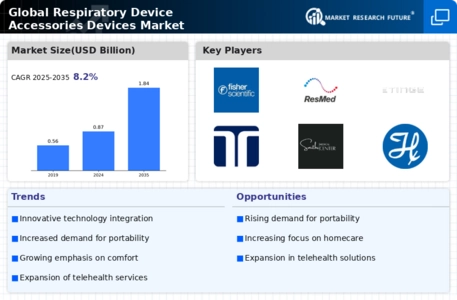
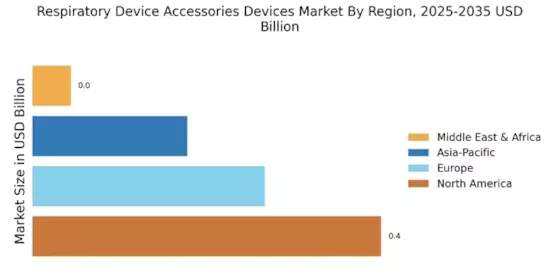
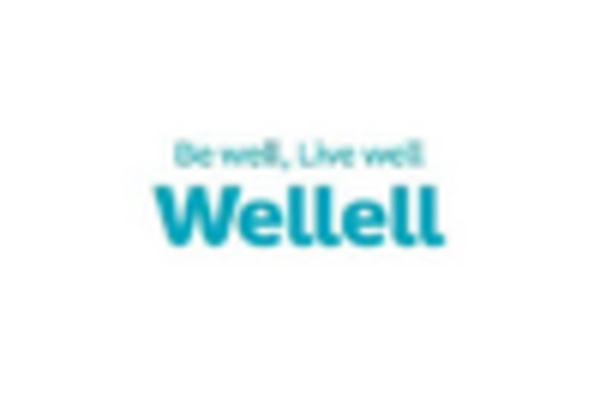
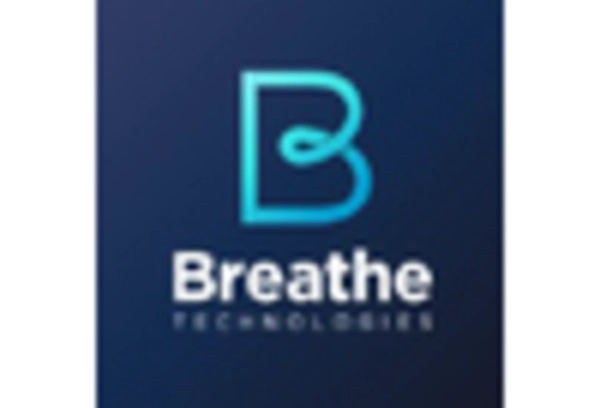
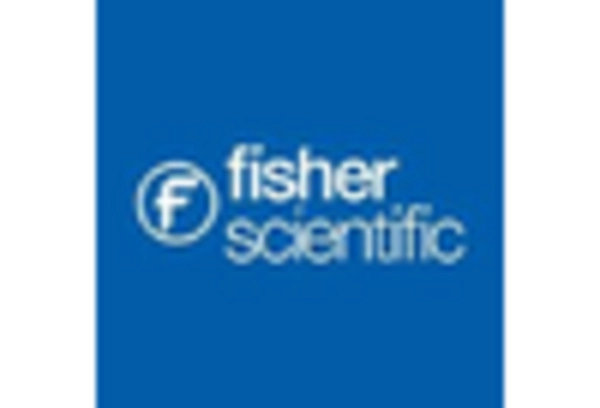


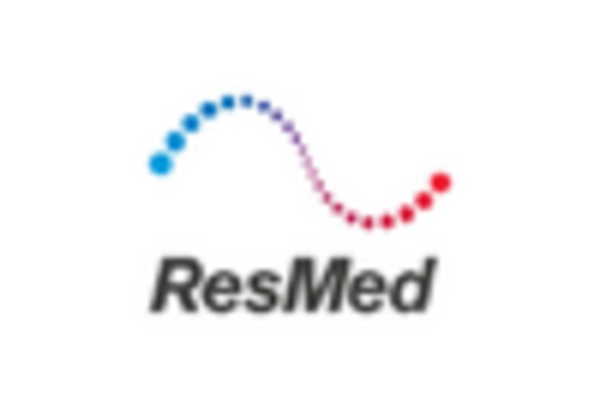








Leave a Comment